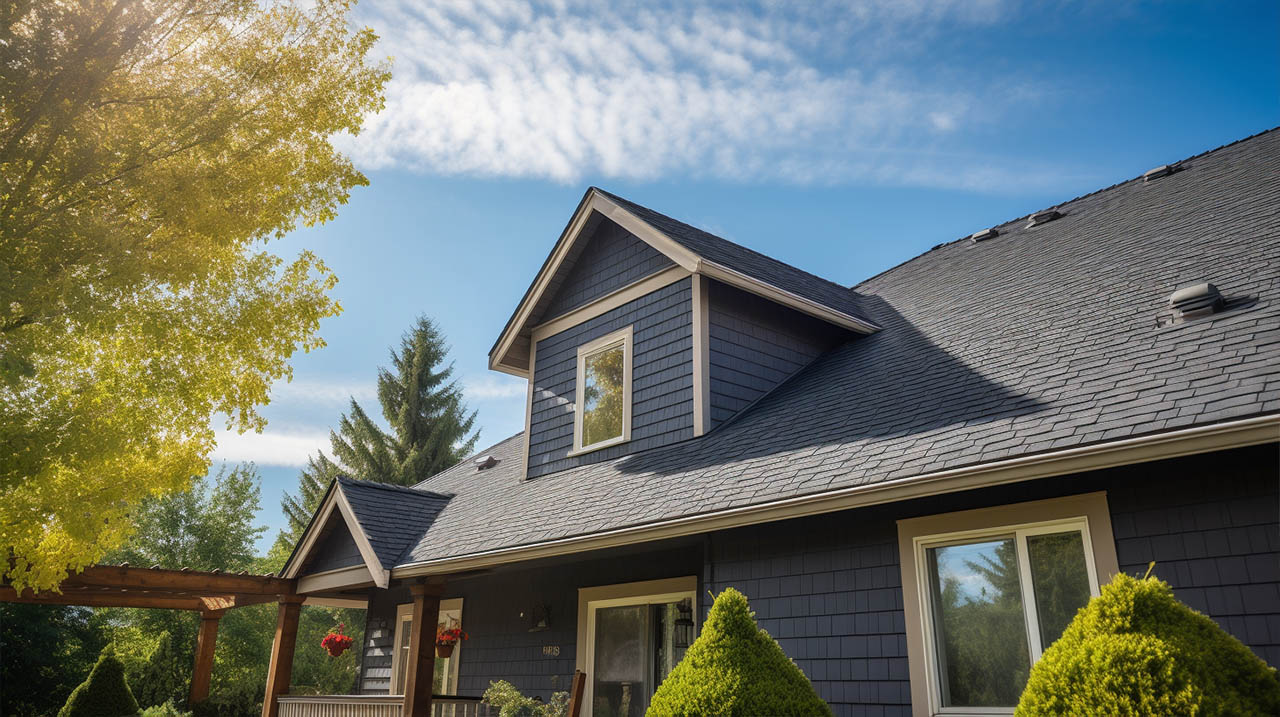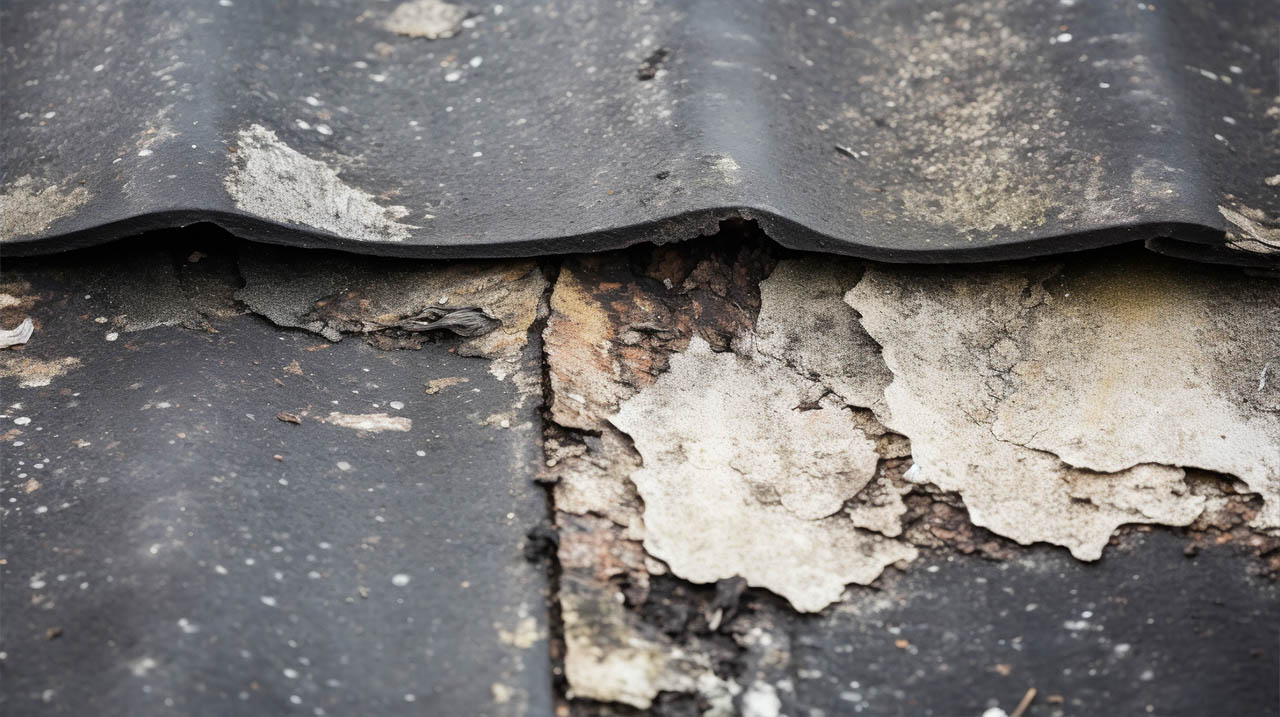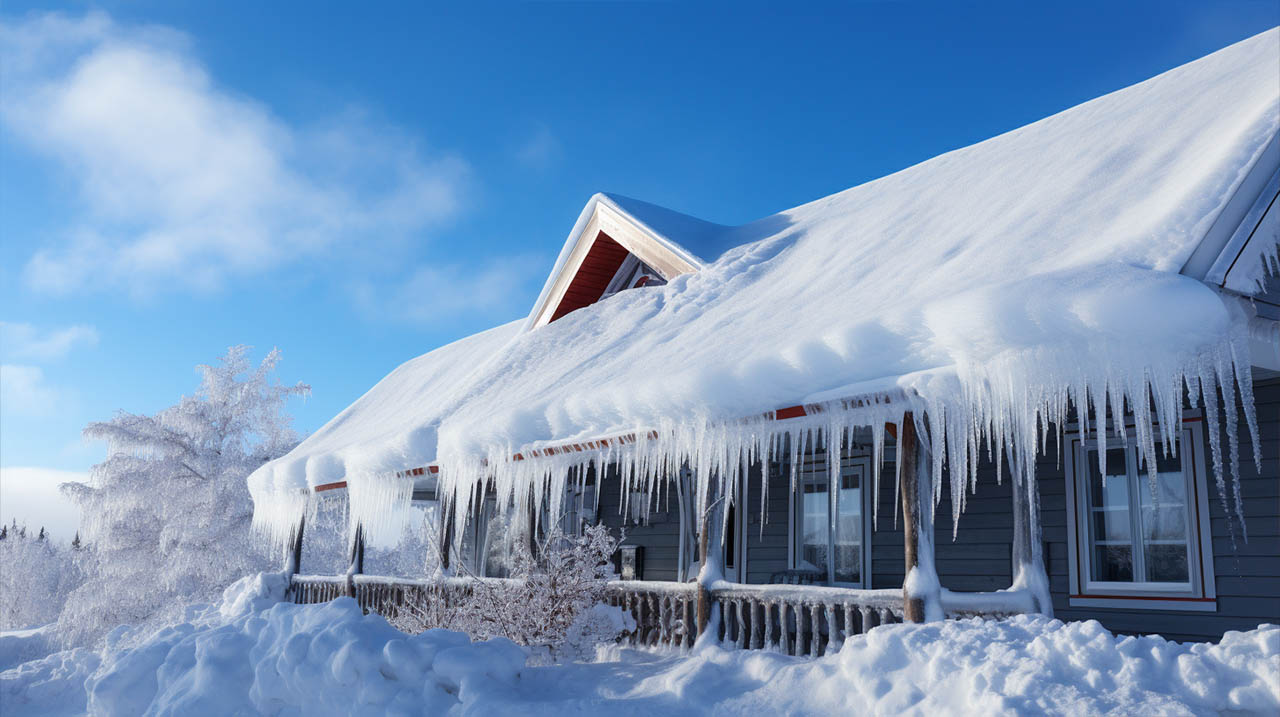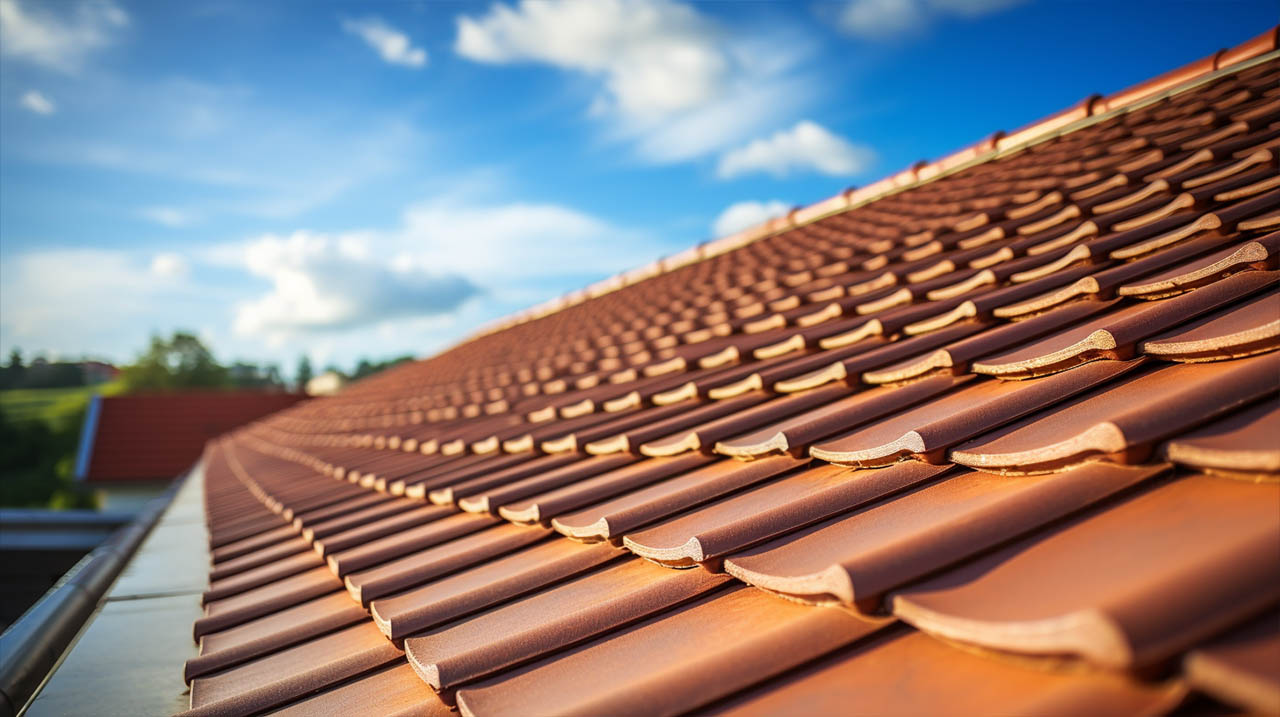When considering commercial roofing in Maryland, the choice of material plays a crucial role in determining longevity, cost-effectiveness, and performance. Among the prevalent selections in Columbia, Maryland are TPO (Thermoplastic Olefin), EPDM (Ethylene Propylene Diene Monomer), and PVC (Polyvinyl Chloride) roofs. In collaboration with Kanga Roof, a leader among roofing companies in Columbia, MD, we have crafted this guide to provide insights into these materials, weighing their pros and cons to assist you in making an educated decision.
Overview of TPO, EPDM, and PVC Roofing Systems
TPO (Thermoplastic Olefin) Roofing
Composition:
- A single-ply reflective roofing membrane formulated from polypropylene and ethylene-propylene rubber combined.
- Color Options: Predominantly available in white, though light gray and black are also options.
- Application: Fused using heat-welded seams.
EPDM (Ethylene Propylene Diene Monomer) Roofing
Composition:
- A man-made rubber roofing membrane derived from petroleum sources.
Color Options:
- Black is standard, but a white variant exists.
Application:
- Mechanically fastened, fully bonded, or ballasted, with seams sealed with specialized adhesives or tape.
PVC (Polyvinyl Chloride) Roofing
Composition:
- Comprises two PVC material layers with an interposed polyester reinforcement.
Color Options:
- Predominantly white.
Application:
- Seams are heat-welded.
Benefits of Each Roofing System as Suggested by Kanga Roof
Advantages of TPO Roofing
Energy Efficiency:
Reflective TPO surfaces diminish a building’s heat intake, leading to decreased cooling expenses.
- Flexibility: Designed to resist damage, it remains pliable despite UV exposure or fluctuating temperatures.
- Cost-effective: Often more affordable than PVC, making it a popular choice among Roof Experts in Columbia.
Advantages of EPDM Roofing
- Durability:
- With the correct maintenance, EPDM roofs can surpass two to three decades.
- Weather Resistance: Exceptionally resilient against UV radiation and atmospheric ozone.
- Installation Simplicity: Fewer seams result in reduced leakage possibilities.
Advantages of PVC Roofing
- Longevity:
- When correctly installed and maintained, PVC roofs can serve over 30 years.
- Chemical Resistance: Suitable for roofs exposed to chemicals.
- Fire Safety:
- Contains self-extinguishing attributes that mitigate fire hazards.
Challenges of Each Roofing System
Limitations of TPO Roofing
- Inconsistency:
- As a newer offering in the market, its formulation might differ across manufacturers.
- Shorter Track Record: Lacks the proven durability of EPDM or PVC.
Limitations of EPDM Roofing
- Heat Retention:
- Its dark shade can lead to increased cooling costs.
- Seaming Issues: Requires consistent maintenance compared to TPO or PVC.
Limitations of PVC Roofing
- Expense:
- Typically, the most costly of the trio.
- Potential for Shrinkage:
- Over time, the membrane might constrict, pulling at the extremities.
Conclusion: Which Commercial Roofing is Optimal for Maryland?
TPO, EPDM, and PVC each present their distinct strengths and challenges. The paramount choice hinges on specific needs, budgetary constraints, and property-specific factors. It’s wise to confer with a roofing contractor like Kanga Roof, an esteemed roofer in Columbia MD, to appraise your particular requirements and guarantee the most fitting and economical roofing solution for your enterprise.







